AI technology is gaining more significance in many fields, including sales, where it has been enthusiastically welcomed. A recent Pipedrive report found that 76% of sales and marketing professionals agree that AI will support them in various processes.
In B2B sales, AI can wear many hats—it can help with anything from lead generation to message personalization, and our team has seen it firsthand. With AI, we’ve managed to:
- Halve the number of sent emails and double positive responses
- Fully automate a four-step campaign and achieve a 5.1% positive response rate
- Save at least four hours a day on emails that would require manual research and writing
We want to help other teams achieve the same results, and in this guide, we’ll discuss the various use cases and benefits of relying on AI in B2B sales. We’ll also go over the potential challenges you may face and offer tips and a tool to help you overcome them. 💪
Main Benefits of Using AI for B2B Sales

In B2B sales, AI can support different processes to free up time for sales pros and allow them to tackle higher-value activities that require human involvement, like closing deals or nurturing relationships with customers.
Here are a few concrete benefits of using AI for sales:
How To Use AI in B2B Sales
How you’ll use AI in your workflows depends on your needs. We’ll outline its most notable applications in the B2B world:
- 🥇 Generating and scoring leads
- 🔍 Researching customers
- 💌 Writing outreach messages
- 📊 Making predictions
- 👥 Training new team members
Generating and Scoring Leads

To generate leads, B2B sales teams need to do extensive research and identify accounts that fit into their ideal customer profile (ICP). While crucial for enhancing conversions, this process can take a lot of time and effort—but AI technology can streamline it by helping you find dozens of data points on a lead in only a few minutes.
Quality AI-based tools can also score leads. Based on the collected data and your input, such tools can help you prioritize accounts with the highest conversion potential. This way, you’ll avoid wasting resources on low-value leads.
Researching Customers
Longer sales cycles are a key characteristic of B2B sales. Businesses aren’t likely to make impulsive purchasing decisions—they take their time to analyze facts and decide whether your product or service fits their needs.
Winning over prospective clients and showcasing your offer’s value during these long cycles requires more extensive research than usual. To hit the right note with your potential and existing customers and build long-term business relationships, you need to understand their:
- Needs
- Preferences
- Behaviors
- Challenges
Your SDRs can manually research leads and customers and browse company websites and social media networks to build a database. Or, they can use specialized AI-powered tools that can scour every corner of the internet within minutes and deliver relevant information with minimal human involvement.
This way, you can put research and data enrichment on auto-pilot and effortlessly collect information you can use when reaching out to potential customers or communicating with your existing ones.
AI can also help you spot trends in customer behavior and adapt your sales strategy accordingly to gain the upper hand over your competitors. ✅
Writing Outreach Messages

Generic messages will hardly get you anywhere with your B2B leads—they likely receive a lot of sales messages from businesses similar to yours, and you need to stand out. To impress your leads, you want to create personalized emails that will capture their attention.
For example, you could reference a company’s recent product launch or a webinar. Or, you could mention the company’s latest milestone or indicate how your product or service can help them achieve a challenge they’ve been facing. 👌
By personalizing messages, you show your leads your dedication, boost your brand’s image, and build trust. But, while beneficial, message personalization requires extensive research and writing unique copy to cater to every lead’s unique characteristics.
AI shines in this area and can help you automate outreach. Various AI-based chatbots like ChatGPT can create unique emails for your leads based on your input. You can create prompts for different segments and generate the perfect outreach messages for your leads.
While using ChatGPT as a standalone solution can help you save a lot of time you’d spend on crafting messages, it’s better to look for a specialized sales tool with AI messaging capabilities. This helps you manage multiple processes within a single platform, collect quality lead data, and use it to personalize messaging.
💡 Bonus read: If you’d like to learn more about using ChatGPT in your sales processes, read our guide on ChatGPT prompts for sales and maximize the platform’s functionalities.
Making Predictions
Analyzing vast amounts of data in seconds is one of the biggest perks of AI and a major reason why B2B sales pros use the technology. By feeding an AI tool with historical data and trends, you can quickly get sales forecasts that could help you:
- Identify high-potential leads in a specific industry
- Predict revenue for a particular period
- Spot emerging industry trends
- Predict customer behavior
This valuable information can help your B2B sales team prepare for the upcoming period and refine prospecting and lead generation strategies to maximize conversions. Accurate predictions are also important for your company’s long-term growth and stability—they enable more precise resource allocation, informed decision-making, and better financial planning.
Training New Team Members

When new members join your team, you want them to adapt and learn your processes as soon as possible—but they can’t do so without extensive, quality training materials. However, your SDRs may already have a lot on their plate, and adding training material creation to their task list could overburden them.
As you definitely don’t want untrained staff to approach leads and potentially miss sales opportunities, you can employ AI in your sales training processes. 🖥️
Based on your input, AI tools can create all kinds of training materials specific to your company, including:
- Process documents—Detailed descriptions on handling specific processes, like lead generation and qualification, outreach, or following up
- Employee handbooks—Documents that outline your company’s values, policies, expectations, and guidelines
- Quizzes—Tests that help new team members check their knowledge
- Roleplay simulations—Scenarios where AI acts as a potential customer, and your new team members practice their sales skills by acting out a specific business situation
By using AI in training new staff, you can personalize experiences—AI tools can analyze an individual’s learning styles, skills, and preferences and serve materials in the right form to improve knowledge retention.
AI can also provide useful feedback to team members to help them recognize their strengths and areas that may require more training.
Ultimately, AI tools can analyze the sales performance of new team members to help you get an objective idea of how to improve training materials.
Potential Challenges of Implementing AI in B2B Sales
AI can support virtually any process in B2B sales, but there are a few implementation challenges you should be aware of:
How To Add AI to Your B2B Workflows
AI can revolutionize your B2B workflows only if you implement it properly. Here are a few tips to help you get started and improve sales outcomes in the long run:
- Determine your goals—You can use AI for various purposes, from guided selling and sales enablement to cold calling. Assessing the areas of your sales process that could benefit from AI is the first step toward ensuring you’re choosing the right platform
- Explore different AI tools—Look into different AI tool options to find the one that aligns with your goals. For example, if you only need to streamline outreach, find a chatbot such as ChatGPT. Or, you can find a tool that can automate multiple sales processes to save time and improve efficiency across the board
- Train your staff—Without extensive training, your SDRs won’t know how to leverage AI tools and may miss out on exciting functionalities that can make their work easier. Take the time to create relevant materials and show how the AI tool you’ve picked works
- Supervise the work of AI tools—AI tools can’t assess the quality of data they’re being fed or whether their output fits a particular context. To ensure you get the most of AI technology in your B2B sales workflows, have human SDRs supervise its work
💡 Bonus read: Wondering if an AI SDR can streamline your sales processes? Read our article on AI SDRs to understand their benefits and drawbacks.
Which AI Tool Should You Use for B2B Sales?
As AI continues to take the world by storm, various AI-based tools keep emerging, and you may experience choice overload. To help you narrow down your options and select the right tool, we’ve come up with a list of factors to focus on:
While a tool that checks all these boxes may seem impossible to find, we have a solution ready—Clay. This sales automation platform combines powerful AI capabilities with easy data enrichment and intuitiveness to save you time and automate work.
Clay—A Robust AI Solution for B2B Sales

Clay is an advanced sales automation solution with various AI-based capabilities that support B2B sales teams, such as:
- OpenAI integration
- AI message writer
- Claygent
OpenAI Integration
OpenAI is a well-established name in the AI industry and is best known for the launch of ChatGPT. Clay enables B2B sales teams to use OpenAI’s capabilities in their processes by offering an easy-to-use integration. In only a few clicks, you can connect Clay to OpenAI and:
The difference between using OpenAI as a standalone platform and Clay’s OpenAI integration is that, by choosing the latter, you can rely on your existing lead data for context. Plus, you don’t have to jump between OpenAI and other apps to navigate your sales processes—you can do everything under the same roof. 🏡
AI Message Writer

Crafting personalized messages is vital for winning over your leads and standing out from your competitors. With Clay, you get a feature that allows you to effortlessly write a unique message to each B2B lead—AI message writer.
This convenient option turns the prospect data you’ve collected with Clay into resonating messages. You choose the data points you want to mention, so you still have complete control over the writing process to ensure no mistakes get through. 🧘
Once you generate emails, you can quickly push them to your email sequencer or CRM tool and set your outreach campaigns in motion. You can also download emails as a CSV file and upload them to a preferred platform.
Claygent

If your SDRs are losing precious time browsing the internet in search of valuable company information they can use for lead qualification and outreach, they’ll love Claygent, Clay’s AI-powered assistant. Claygent can conduct research at lightning speed—in only a few seconds, it can search the internet, retrieve valuable company info, and report back.
Some of the business data points it can collect include:
- Employee number
- Number of offices and their locations
- Main competitors
- Investors
- Recent blog posts
- Happy customers listed as case studies
By collecting relevant company data with Claygent, you can quickly estimate whether they may be interested in your product or service and reach out before someone else does.
Besides obtaining company info, Claygent can summarize data, segment leads, analyze a company’s reviews to understand its main issues, or generate outbound campaign ideas. This makes it invaluable in every part of a B2B sales process. 🥇
The assistant can also answer all kinds of questions regarding your leads. Here are a few specific questions Clay users have asked Claygent:
- What was the topic of this company’s most recent blog?
- Has this company ever acquired another company?
- How many offices does the company have and where?
- Does the company host videos on its website homepage?
Clay’s Data Enrichment—Always Rely on Quality Data

The basis of every successful B2B sales campaign is accurate, high-quality, and fresh data. If your records are outdated or incorrect, you can’t build a high-performing campaign, no matter how advanced your AI tools are.
Clay ensures you never experience this pitfall thanks to its data enrichment options. The platform integrates with over 50 data providers, allowing you to tap into not one but dozens of databases and pull relevant lead information without leaving Clay. In minutes, you can create a comprehensive record with plenty of data for crafting resonating outreach campaigns.
If you already know where to find specific info, you can access a data provider manually. To automate the process and get unmatched data coverage, use waterfall enrichment—with this option, you can search several providers one by one to find the company info you need, such as its:
- Revenue
- Headcount
- Tech stack
- Recent news
Clay prioritizes your involvement in the process, so you choose the data point you need and the providers you want to search. After that, the platform does its magic and delivers results.
Clay’s Pricing Plans—Convenience & Transparency
You can try some of Clay’s impressive features on the free forever plan and see whether the platform ticks all your boxes. If it does (and trust us, it will), upgrade to one of the paid options:
All plans are credit-based—you use Clay credits to purchase data points and actions, so you’re in charge of how you’ll spend them. The higher your plan is, the lower your cost per credit. If you’re unsure how many credits you’ll need in the beginning, use Clay’s credit calculator to estimate which plan suits your needs best.
Every plan, including the free one, supports unlimited users. This means you can grow your team without being forced to upgrade. 💪
Clay saves you time and money and boosts your efficiency, so it’s no surprise it has many satisfied users. Here’s what one user says about the platform:

Embark on Your Clay Journey
Clay is a B2B sales game-changer. If you’re ready to transform your B2B sales processes, the only thing left to do is set up your Clay account, which won’t take more than a few minutes:
- Visit the signup page 📄
- Enter the required information
- Start enjoying the platform’s impressive feature set
To get an in-depth overview of everything Clay offers, head to Clay University—detailed videos and documents will help you understand the platform’s capabilities. If you’d like to know how others use Clay and get ideas on using their examples in your processes, join the Slack community.
To ensure you don’t miss important updates and get insider tips on leveraging Clay, sign up for the platform’s newsletter.
💡 Keep reading: Want to know more about the role of AI in sales? Check out our detailed guides:
AI technology is gaining more significance in many fields, including sales, where it has been enthusiastically welcomed. A recent Pipedrive report found that 76% of sales and marketing professionals agree that AI will support them in various processes.
In B2B sales, AI can wear many hats—it can help with anything from lead generation to message personalization, and our team has seen it firsthand. With AI, we’ve managed to:
- Halve the number of sent emails and double positive responses
- Fully automate a four-step campaign and achieve a 5.1% positive response rate
- Save at least four hours a day on emails that would require manual research and writing
We want to help other teams achieve the same results, and in this guide, we’ll discuss the various use cases and benefits of relying on AI in B2B sales. We’ll also go over the potential challenges you may face and offer tips and a tool to help you overcome them. 💪
Main Benefits of Using AI for B2B Sales

In B2B sales, AI can support different processes to free up time for sales pros and allow them to tackle higher-value activities that require human involvement, like closing deals or nurturing relationships with customers.
Here are a few concrete benefits of using AI for sales:
How To Use AI in B2B Sales
How you’ll use AI in your workflows depends on your needs. We’ll outline its most notable applications in the B2B world:
- 🥇 Generating and scoring leads
- 🔍 Researching customers
- 💌 Writing outreach messages
- 📊 Making predictions
- 👥 Training new team members
Generating and Scoring Leads

To generate leads, B2B sales teams need to do extensive research and identify accounts that fit into their ideal customer profile (ICP). While crucial for enhancing conversions, this process can take a lot of time and effort—but AI technology can streamline it by helping you find dozens of data points on a lead in only a few minutes.
Quality AI-based tools can also score leads. Based on the collected data and your input, such tools can help you prioritize accounts with the highest conversion potential. This way, you’ll avoid wasting resources on low-value leads.
Researching Customers
Longer sales cycles are a key characteristic of B2B sales. Businesses aren’t likely to make impulsive purchasing decisions—they take their time to analyze facts and decide whether your product or service fits their needs.
Winning over prospective clients and showcasing your offer’s value during these long cycles requires more extensive research than usual. To hit the right note with your potential and existing customers and build long-term business relationships, you need to understand their:
- Needs
- Preferences
- Behaviors
- Challenges
Your SDRs can manually research leads and customers and browse company websites and social media networks to build a database. Or, they can use specialized AI-powered tools that can scour every corner of the internet within minutes and deliver relevant information with minimal human involvement.
This way, you can put research and data enrichment on auto-pilot and effortlessly collect information you can use when reaching out to potential customers or communicating with your existing ones.
AI can also help you spot trends in customer behavior and adapt your sales strategy accordingly to gain the upper hand over your competitors. ✅
Writing Outreach Messages

Generic messages will hardly get you anywhere with your B2B leads—they likely receive a lot of sales messages from businesses similar to yours, and you need to stand out. To impress your leads, you want to create personalized emails that will capture their attention.
For example, you could reference a company’s recent product launch or a webinar. Or, you could mention the company’s latest milestone or indicate how your product or service can help them achieve a challenge they’ve been facing. 👌
By personalizing messages, you show your leads your dedication, boost your brand’s image, and build trust. But, while beneficial, message personalization requires extensive research and writing unique copy to cater to every lead’s unique characteristics.
AI shines in this area and can help you automate outreach. Various AI-based chatbots like ChatGPT can create unique emails for your leads based on your input. You can create prompts for different segments and generate the perfect outreach messages for your leads.
While using ChatGPT as a standalone solution can help you save a lot of time you’d spend on crafting messages, it’s better to look for a specialized sales tool with AI messaging capabilities. This helps you manage multiple processes within a single platform, collect quality lead data, and use it to personalize messaging.
💡 Bonus read: If you’d like to learn more about using ChatGPT in your sales processes, read our guide on ChatGPT prompts for sales and maximize the platform’s functionalities.
Making Predictions
Analyzing vast amounts of data in seconds is one of the biggest perks of AI and a major reason why B2B sales pros use the technology. By feeding an AI tool with historical data and trends, you can quickly get sales forecasts that could help you:
- Identify high-potential leads in a specific industry
- Predict revenue for a particular period
- Spot emerging industry trends
- Predict customer behavior
This valuable information can help your B2B sales team prepare for the upcoming period and refine prospecting and lead generation strategies to maximize conversions. Accurate predictions are also important for your company’s long-term growth and stability—they enable more precise resource allocation, informed decision-making, and better financial planning.
Training New Team Members

When new members join your team, you want them to adapt and learn your processes as soon as possible—but they can’t do so without extensive, quality training materials. However, your SDRs may already have a lot on their plate, and adding training material creation to their task list could overburden them.
As you definitely don’t want untrained staff to approach leads and potentially miss sales opportunities, you can employ AI in your sales training processes. 🖥️
Based on your input, AI tools can create all kinds of training materials specific to your company, including:
- Process documents—Detailed descriptions on handling specific processes, like lead generation and qualification, outreach, or following up
- Employee handbooks—Documents that outline your company’s values, policies, expectations, and guidelines
- Quizzes—Tests that help new team members check their knowledge
- Roleplay simulations—Scenarios where AI acts as a potential customer, and your new team members practice their sales skills by acting out a specific business situation
By using AI in training new staff, you can personalize experiences—AI tools can analyze an individual’s learning styles, skills, and preferences and serve materials in the right form to improve knowledge retention.
AI can also provide useful feedback to team members to help them recognize their strengths and areas that may require more training.
Ultimately, AI tools can analyze the sales performance of new team members to help you get an objective idea of how to improve training materials.
Potential Challenges of Implementing AI in B2B Sales
AI can support virtually any process in B2B sales, but there are a few implementation challenges you should be aware of:
How To Add AI to Your B2B Workflows
AI can revolutionize your B2B workflows only if you implement it properly. Here are a few tips to help you get started and improve sales outcomes in the long run:
- Determine your goals—You can use AI for various purposes, from guided selling and sales enablement to cold calling. Assessing the areas of your sales process that could benefit from AI is the first step toward ensuring you’re choosing the right platform
- Explore different AI tools—Look into different AI tool options to find the one that aligns with your goals. For example, if you only need to streamline outreach, find a chatbot such as ChatGPT. Or, you can find a tool that can automate multiple sales processes to save time and improve efficiency across the board
- Train your staff—Without extensive training, your SDRs won’t know how to leverage AI tools and may miss out on exciting functionalities that can make their work easier. Take the time to create relevant materials and show how the AI tool you’ve picked works
- Supervise the work of AI tools—AI tools can’t assess the quality of data they’re being fed or whether their output fits a particular context. To ensure you get the most of AI technology in your B2B sales workflows, have human SDRs supervise its work
💡 Bonus read: Wondering if an AI SDR can streamline your sales processes? Read our article on AI SDRs to understand their benefits and drawbacks.
Which AI Tool Should You Use for B2B Sales?
As AI continues to take the world by storm, various AI-based tools keep emerging, and you may experience choice overload. To help you narrow down your options and select the right tool, we’ve come up with a list of factors to focus on:
While a tool that checks all these boxes may seem impossible to find, we have a solution ready—Clay. This sales automation platform combines powerful AI capabilities with easy data enrichment and intuitiveness to save you time and automate work.
Clay—A Robust AI Solution for B2B Sales

Clay is an advanced sales automation solution with various AI-based capabilities that support B2B sales teams, such as:
- OpenAI integration
- AI message writer
- Claygent
OpenAI Integration
OpenAI is a well-established name in the AI industry and is best known for the launch of ChatGPT. Clay enables B2B sales teams to use OpenAI’s capabilities in their processes by offering an easy-to-use integration. In only a few clicks, you can connect Clay to OpenAI and:
The difference between using OpenAI as a standalone platform and Clay’s OpenAI integration is that, by choosing the latter, you can rely on your existing lead data for context. Plus, you don’t have to jump between OpenAI and other apps to navigate your sales processes—you can do everything under the same roof. 🏡
AI Message Writer

Crafting personalized messages is vital for winning over your leads and standing out from your competitors. With Clay, you get a feature that allows you to effortlessly write a unique message to each B2B lead—AI message writer.
This convenient option turns the prospect data you’ve collected with Clay into resonating messages. You choose the data points you want to mention, so you still have complete control over the writing process to ensure no mistakes get through. 🧘
Once you generate emails, you can quickly push them to your email sequencer or CRM tool and set your outreach campaigns in motion. You can also download emails as a CSV file and upload them to a preferred platform.
Claygent

If your SDRs are losing precious time browsing the internet in search of valuable company information they can use for lead qualification and outreach, they’ll love Claygent, Clay’s AI-powered assistant. Claygent can conduct research at lightning speed—in only a few seconds, it can search the internet, retrieve valuable company info, and report back.
Some of the business data points it can collect include:
- Employee number
- Number of offices and their locations
- Main competitors
- Investors
- Recent blog posts
- Happy customers listed as case studies
By collecting relevant company data with Claygent, you can quickly estimate whether they may be interested in your product or service and reach out before someone else does.
Besides obtaining company info, Claygent can summarize data, segment leads, analyze a company’s reviews to understand its main issues, or generate outbound campaign ideas. This makes it invaluable in every part of a B2B sales process. 🥇
The assistant can also answer all kinds of questions regarding your leads. Here are a few specific questions Clay users have asked Claygent:
- What was the topic of this company’s most recent blog?
- Has this company ever acquired another company?
- How many offices does the company have and where?
- Does the company host videos on its website homepage?
Clay’s Data Enrichment—Always Rely on Quality Data

The basis of every successful B2B sales campaign is accurate, high-quality, and fresh data. If your records are outdated or incorrect, you can’t build a high-performing campaign, no matter how advanced your AI tools are.
Clay ensures you never experience this pitfall thanks to its data enrichment options. The platform integrates with over 50 data providers, allowing you to tap into not one but dozens of databases and pull relevant lead information without leaving Clay. In minutes, you can create a comprehensive record with plenty of data for crafting resonating outreach campaigns.
If you already know where to find specific info, you can access a data provider manually. To automate the process and get unmatched data coverage, use waterfall enrichment—with this option, you can search several providers one by one to find the company info you need, such as its:
- Revenue
- Headcount
- Tech stack
- Recent news
Clay prioritizes your involvement in the process, so you choose the data point you need and the providers you want to search. After that, the platform does its magic and delivers results.
Clay’s Pricing Plans—Convenience & Transparency
You can try some of Clay’s impressive features on the free forever plan and see whether the platform ticks all your boxes. If it does (and trust us, it will), upgrade to one of the paid options:
All plans are credit-based—you use Clay credits to purchase data points and actions, so you’re in charge of how you’ll spend them. The higher your plan is, the lower your cost per credit. If you’re unsure how many credits you’ll need in the beginning, use Clay’s credit calculator to estimate which plan suits your needs best.
Every plan, including the free one, supports unlimited users. This means you can grow your team without being forced to upgrade. 💪
Clay saves you time and money and boosts your efficiency, so it’s no surprise it has many satisfied users. Here’s what one user says about the platform:

Embark on Your Clay Journey
Clay is a B2B sales game-changer. If you’re ready to transform your B2B sales processes, the only thing left to do is set up your Clay account, which won’t take more than a few minutes:
- Visit the signup page 📄
- Enter the required information
- Start enjoying the platform’s impressive feature set
To get an in-depth overview of everything Clay offers, head to Clay University—detailed videos and documents will help you understand the platform’s capabilities. If you’d like to know how others use Clay and get ideas on using their examples in your processes, join the Slack community.
To ensure you don’t miss important updates and get insider tips on leveraging Clay, sign up for the platform’s newsletter.
💡 Keep reading: Want to know more about the role of AI in sales? Check out our detailed guides:


















.avif)
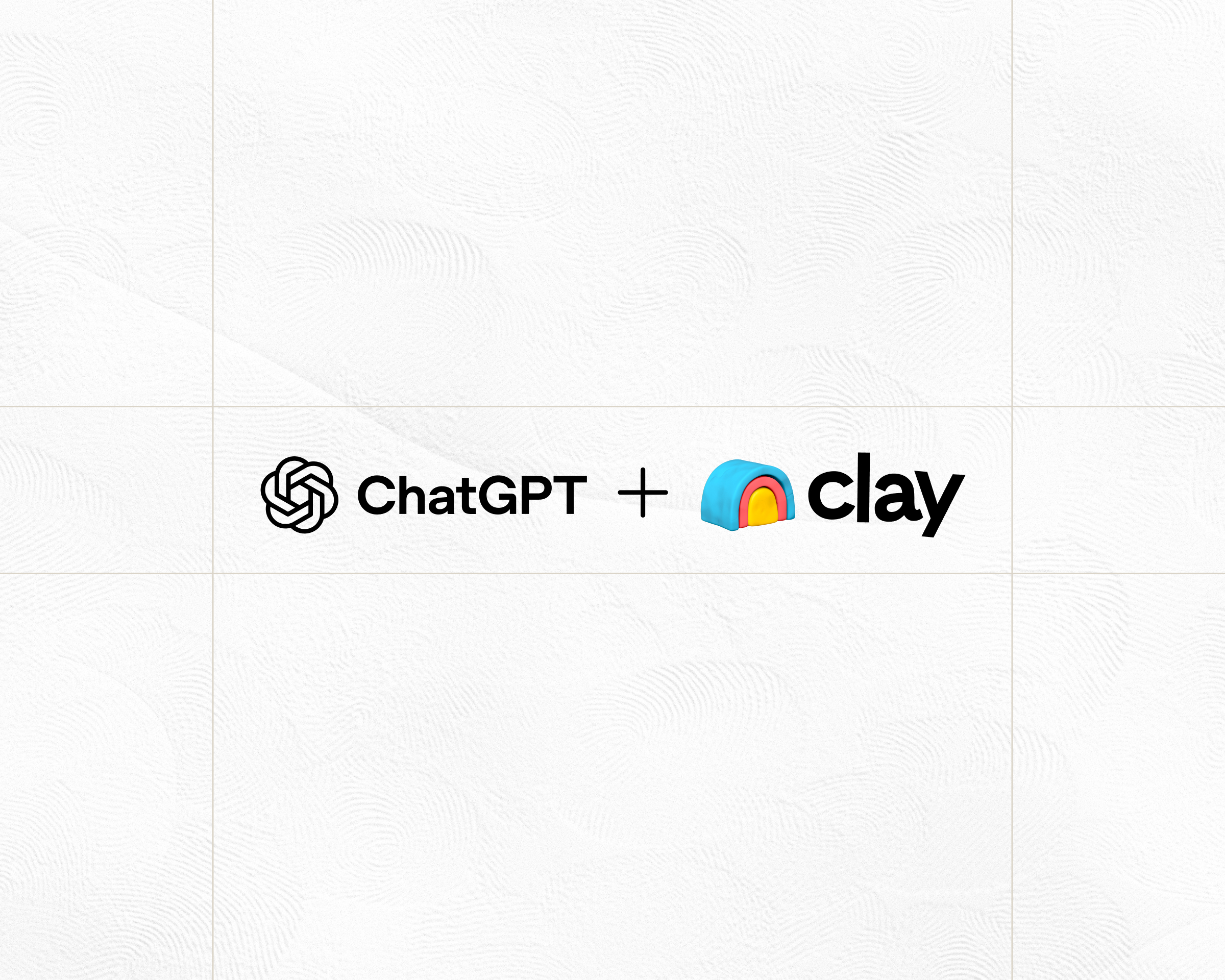
.jpg)
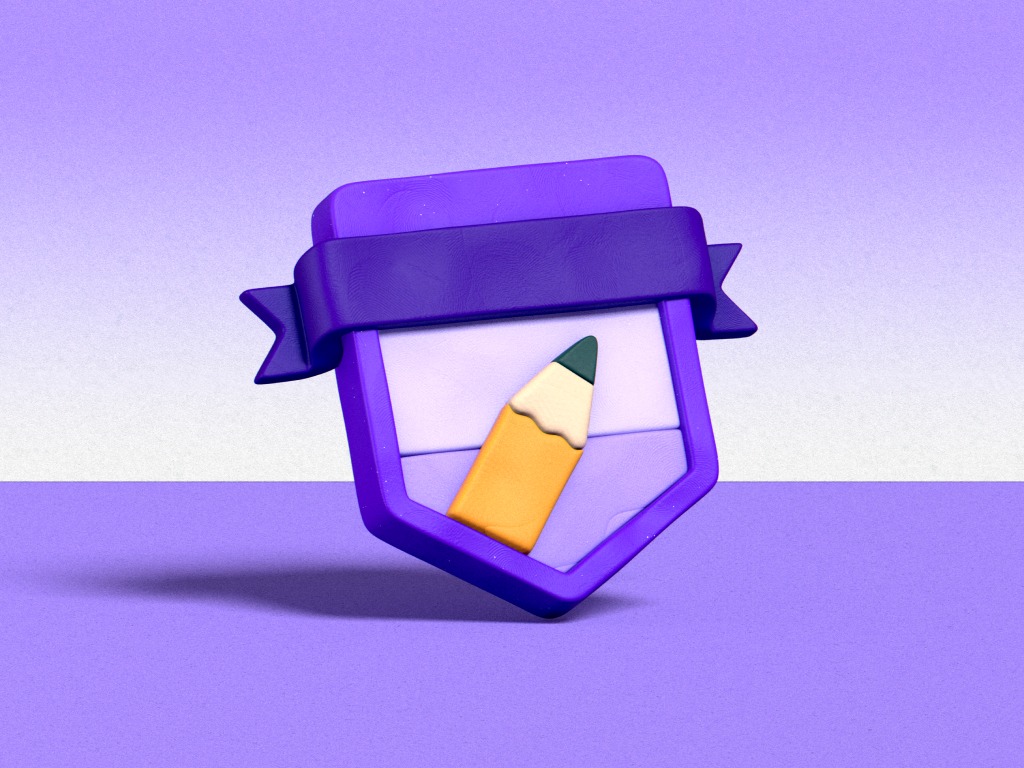



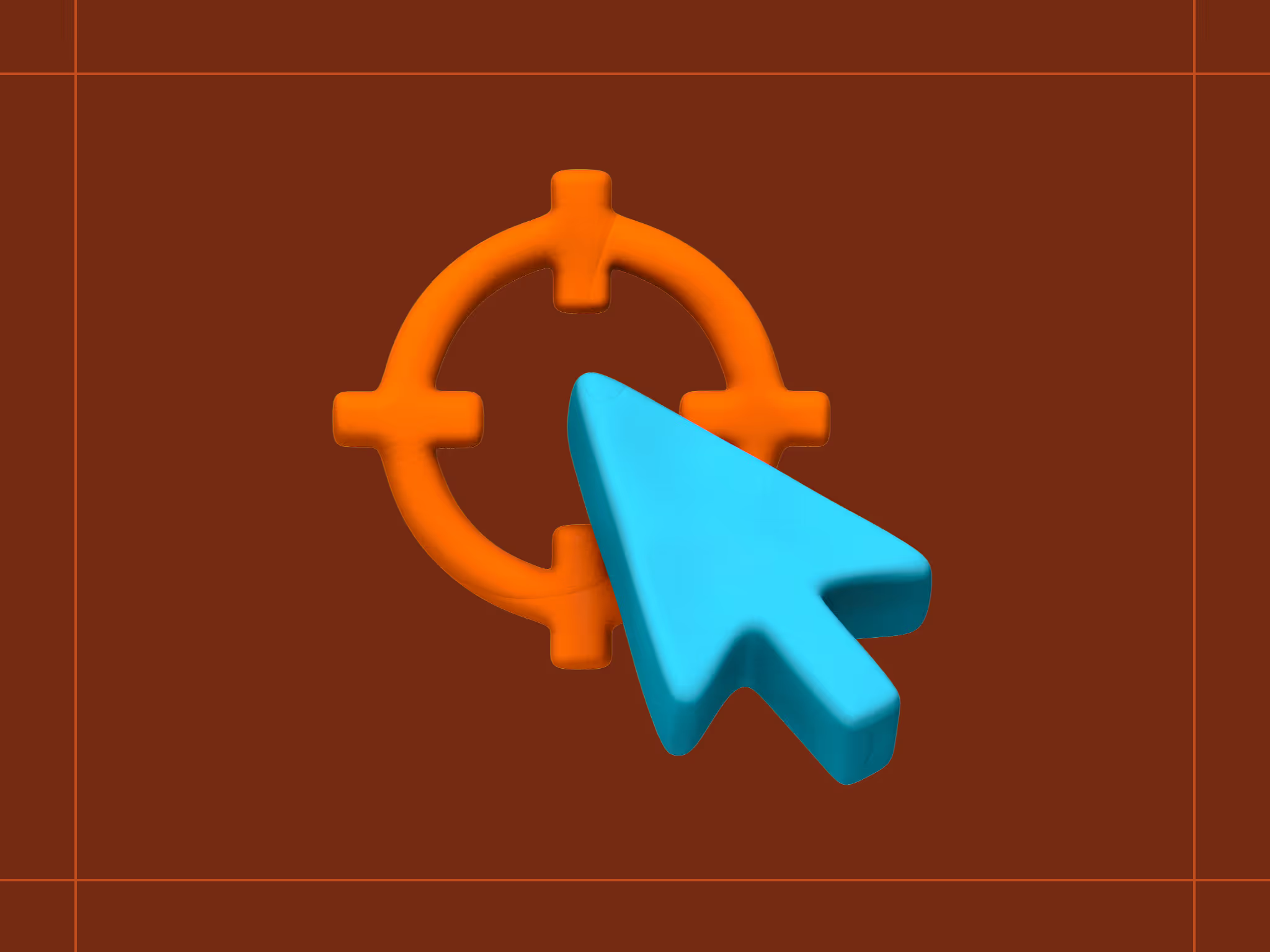
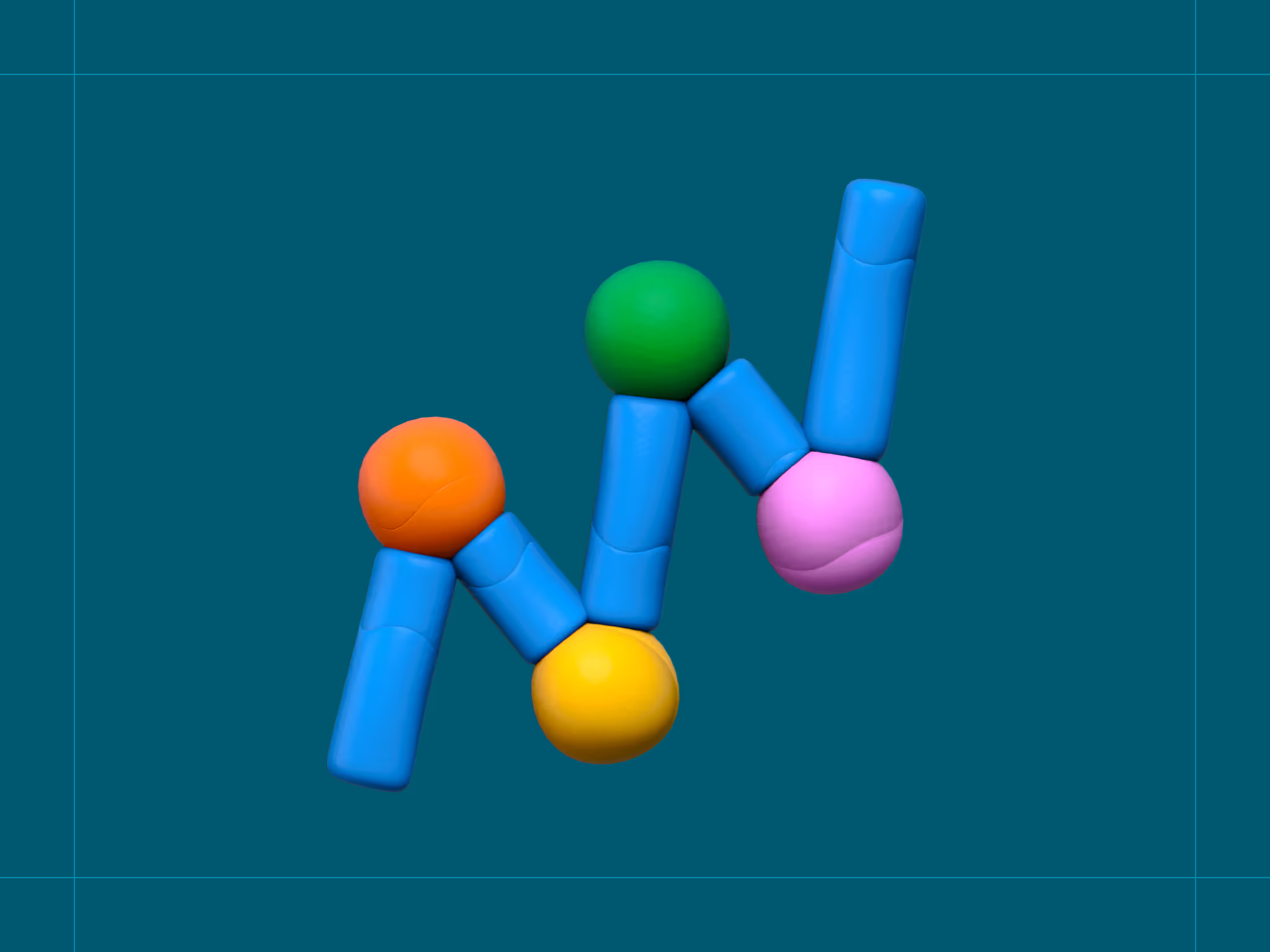
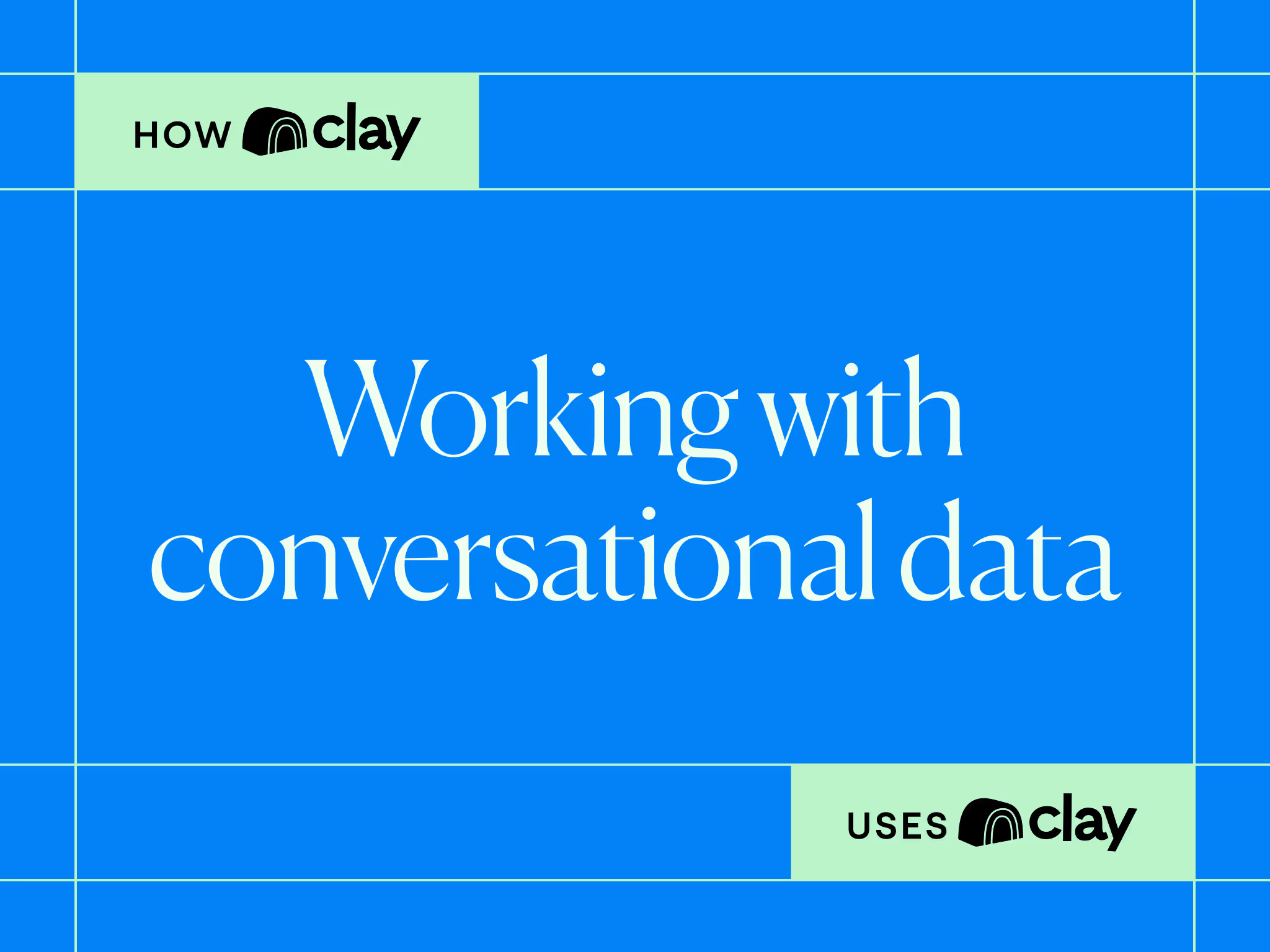
.avif)


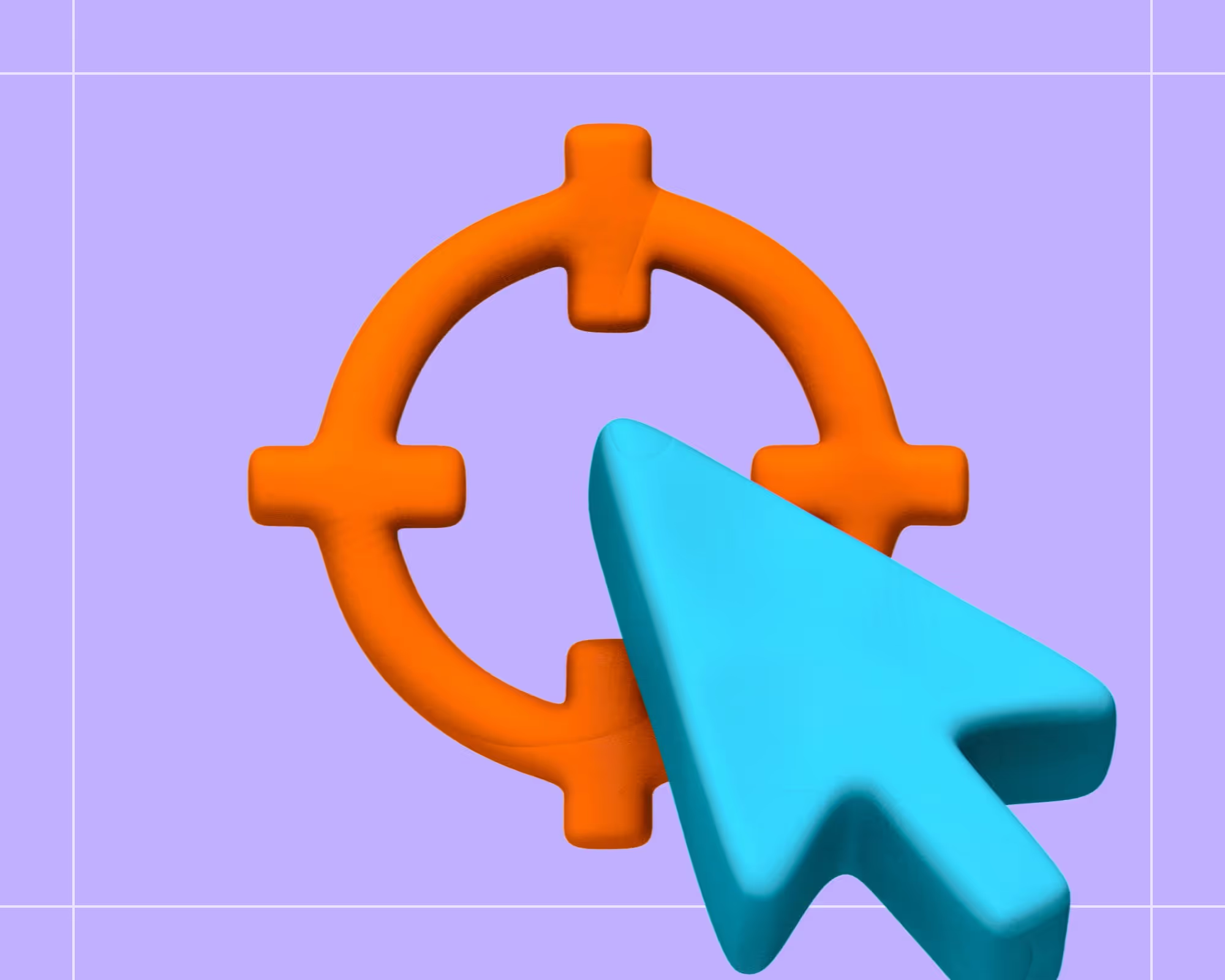








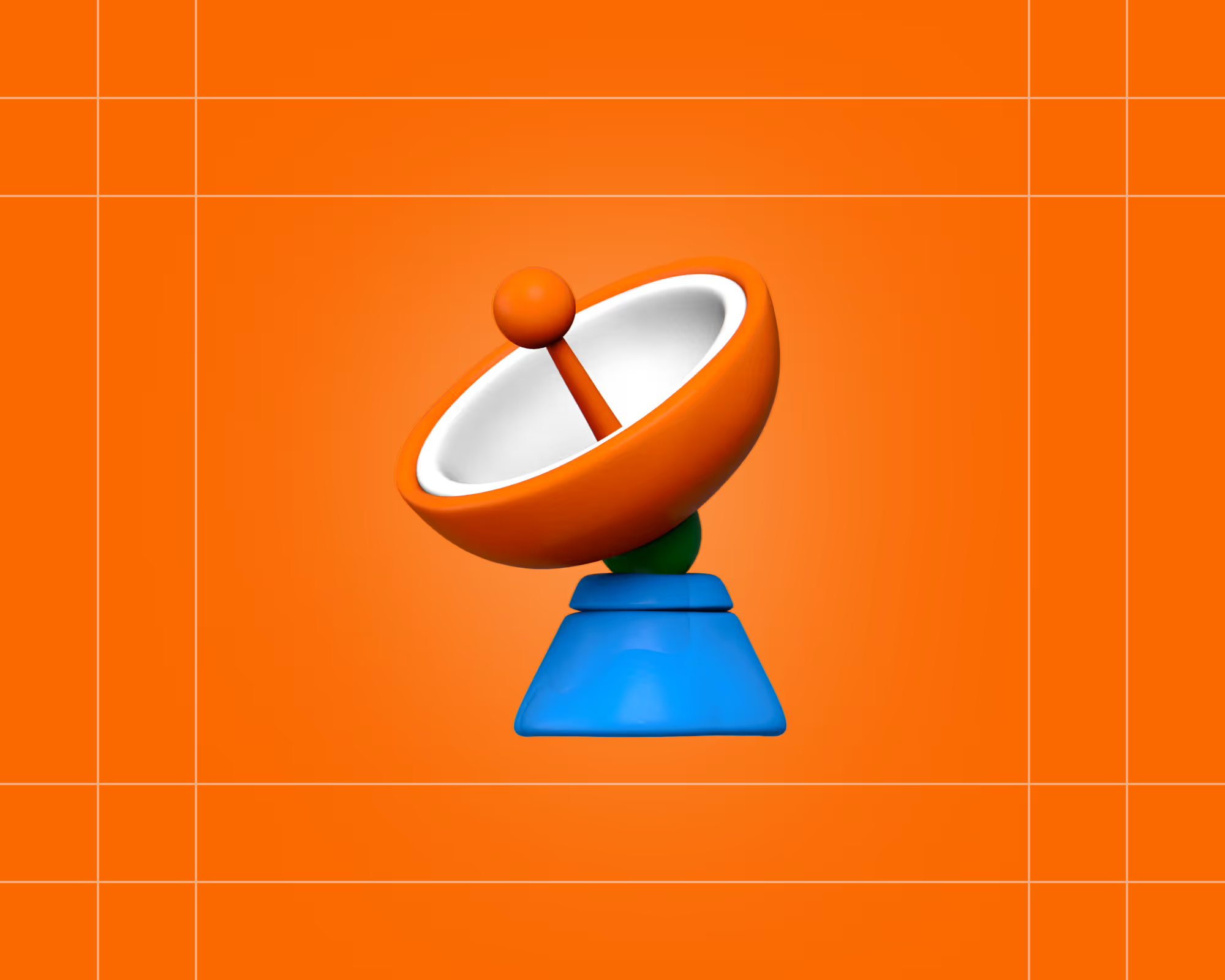

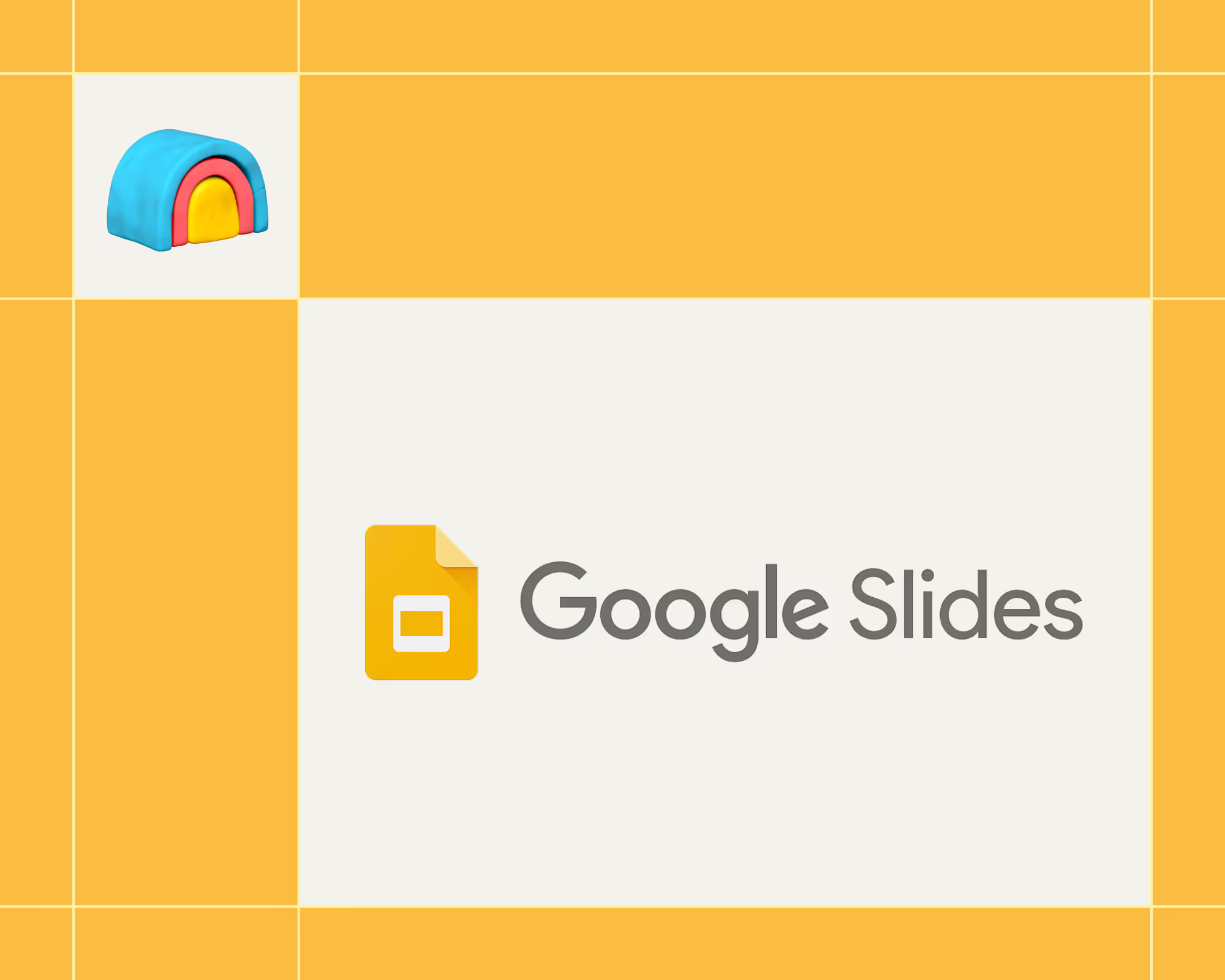
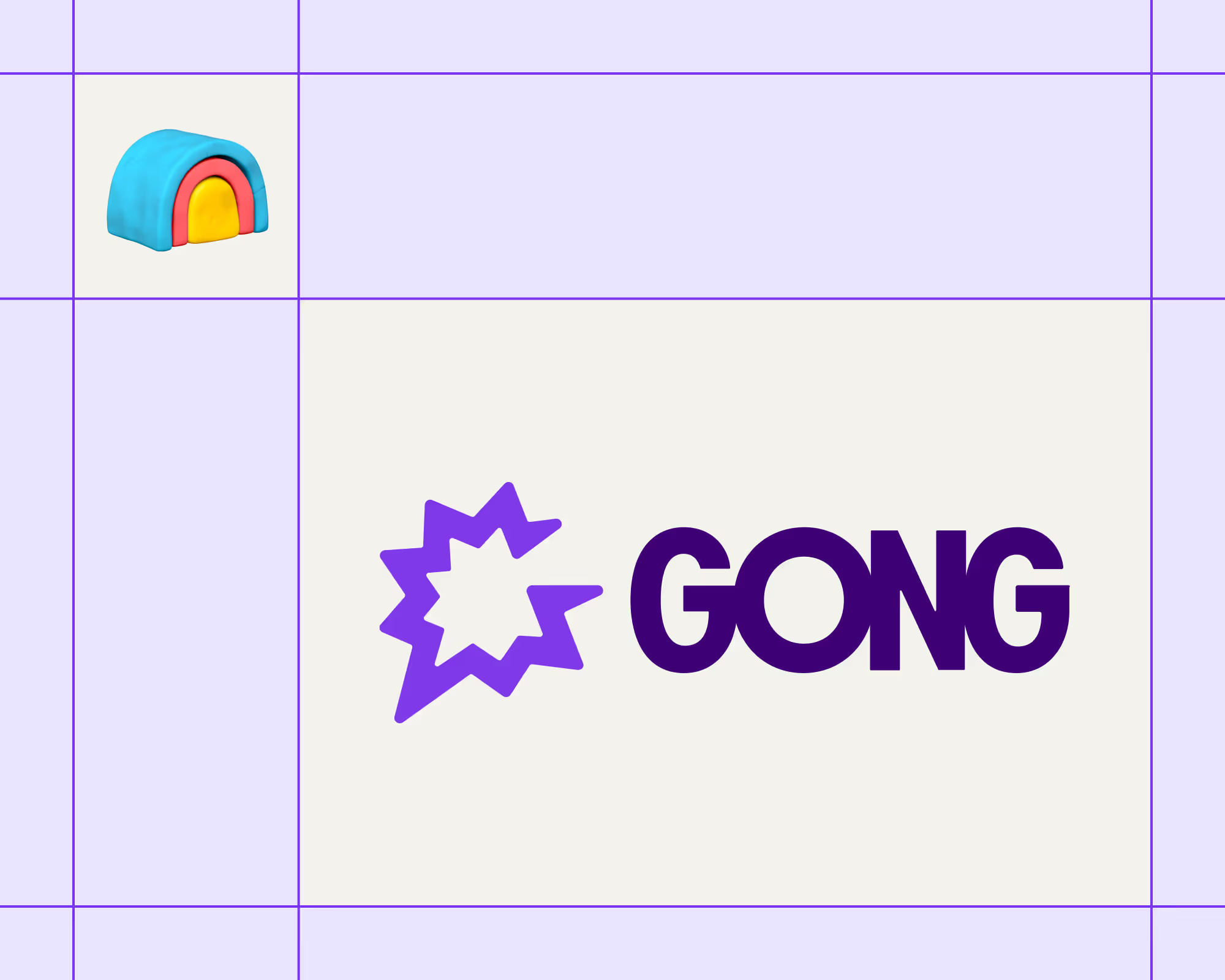

.avif)











.avif)
.avif)






















































